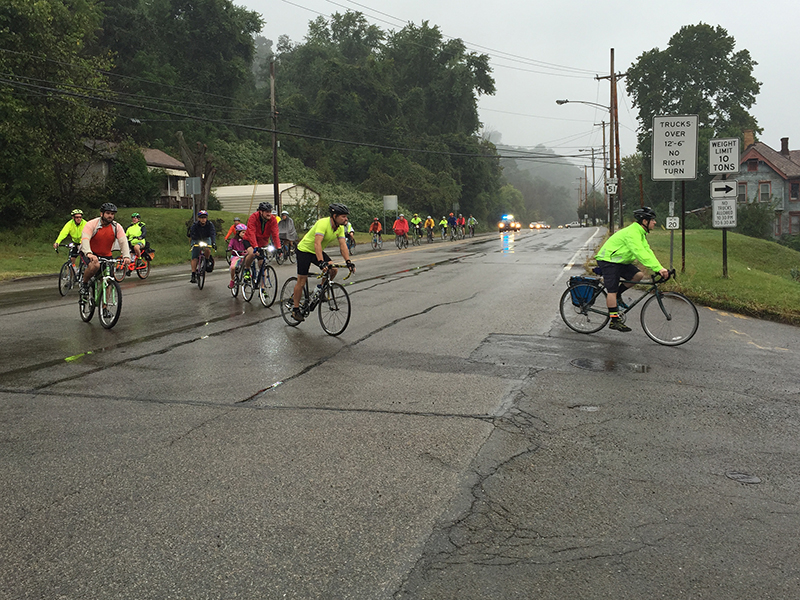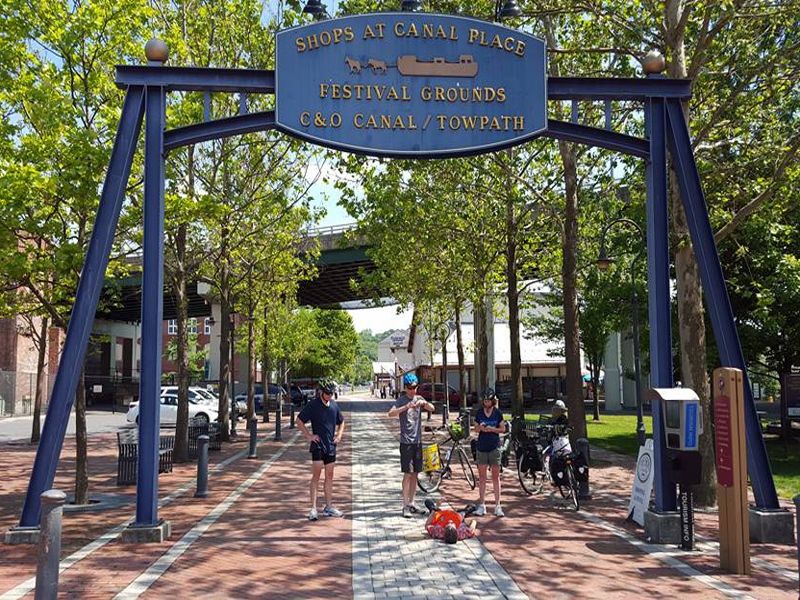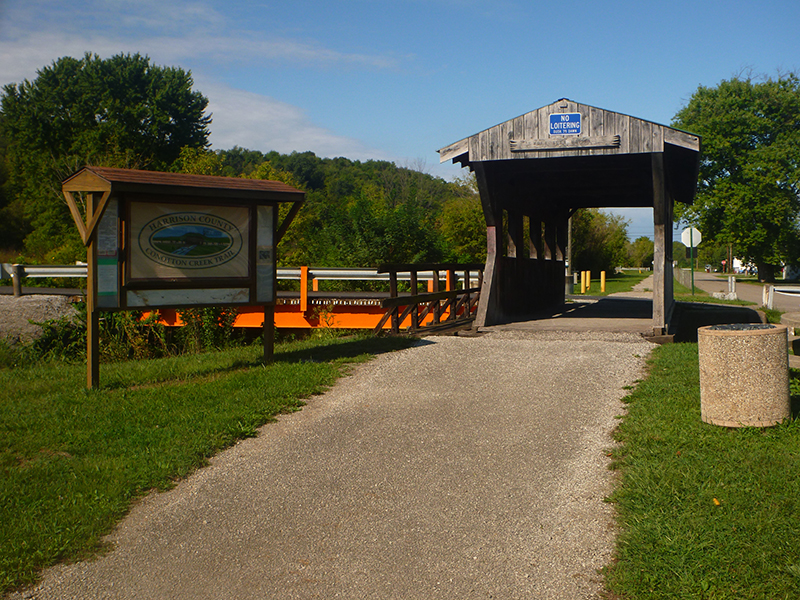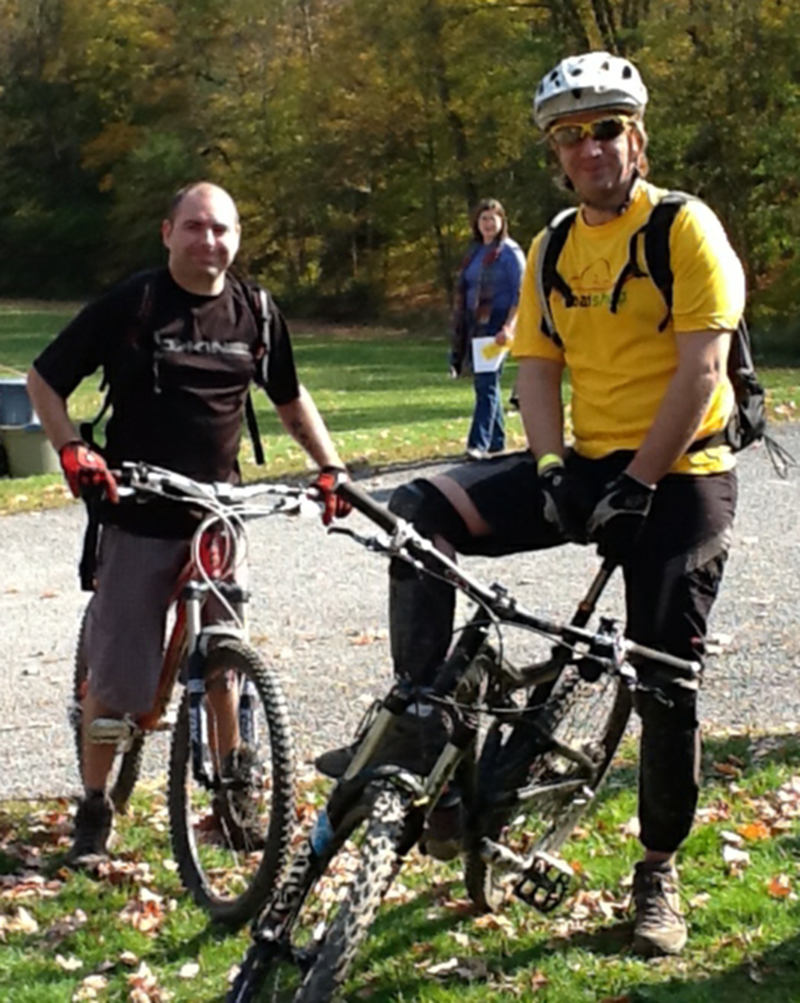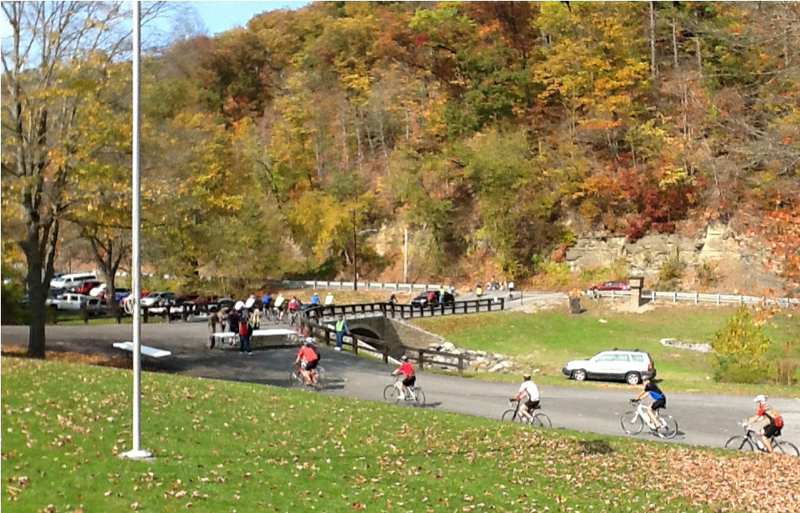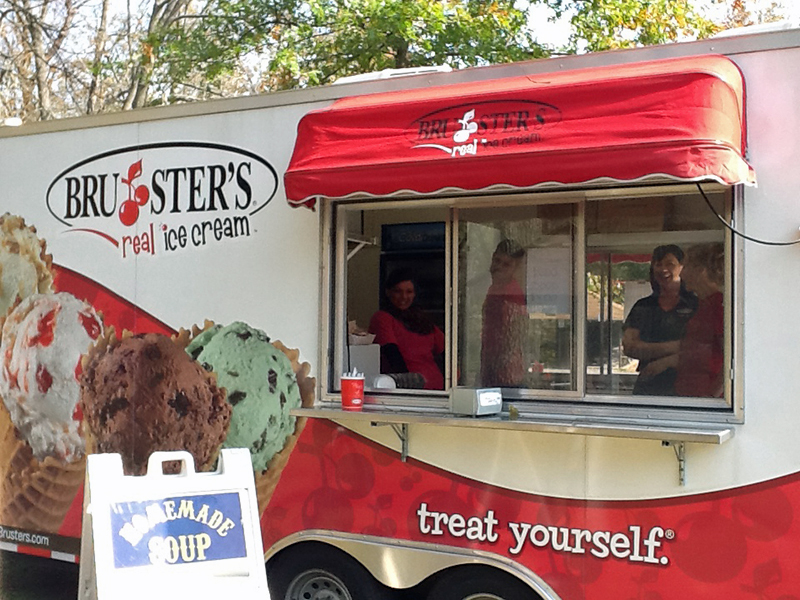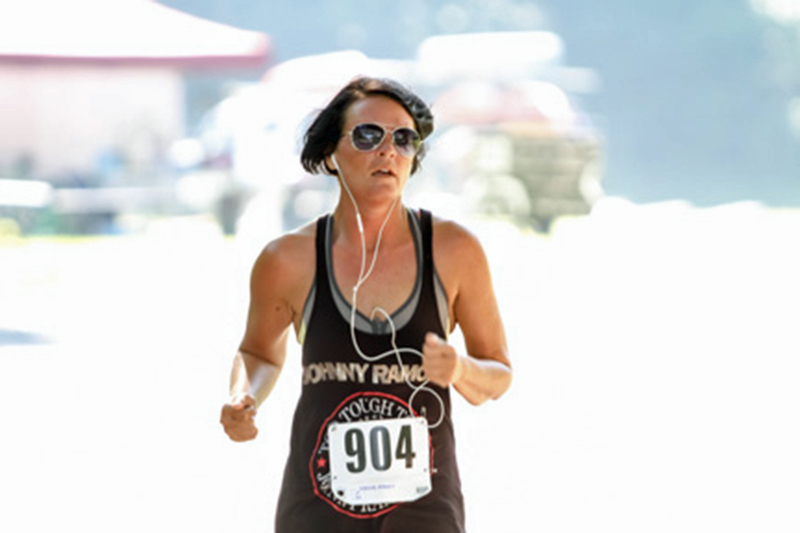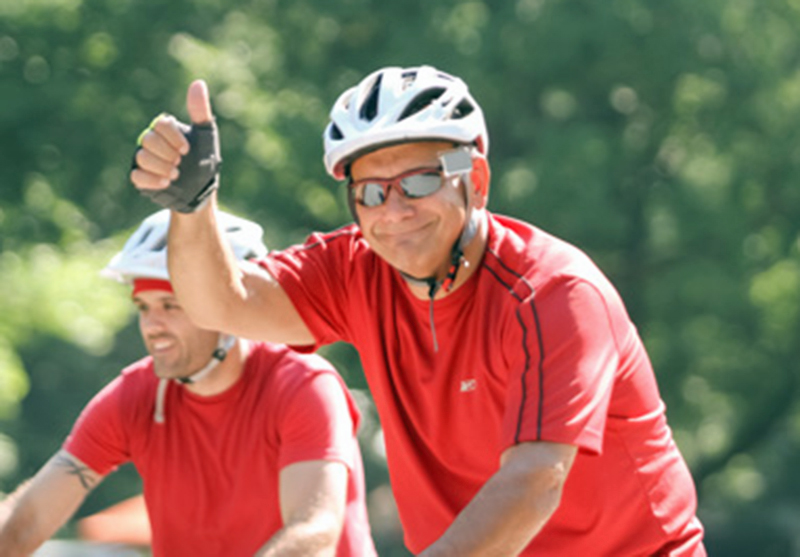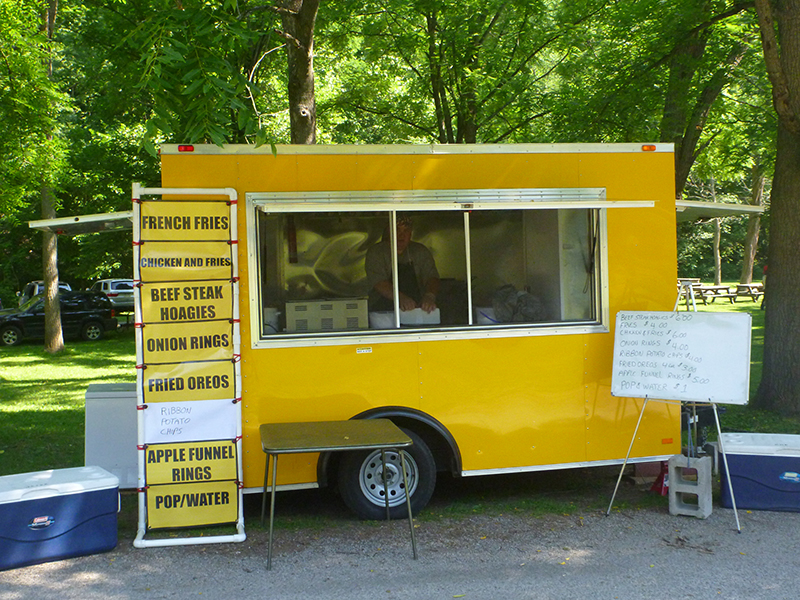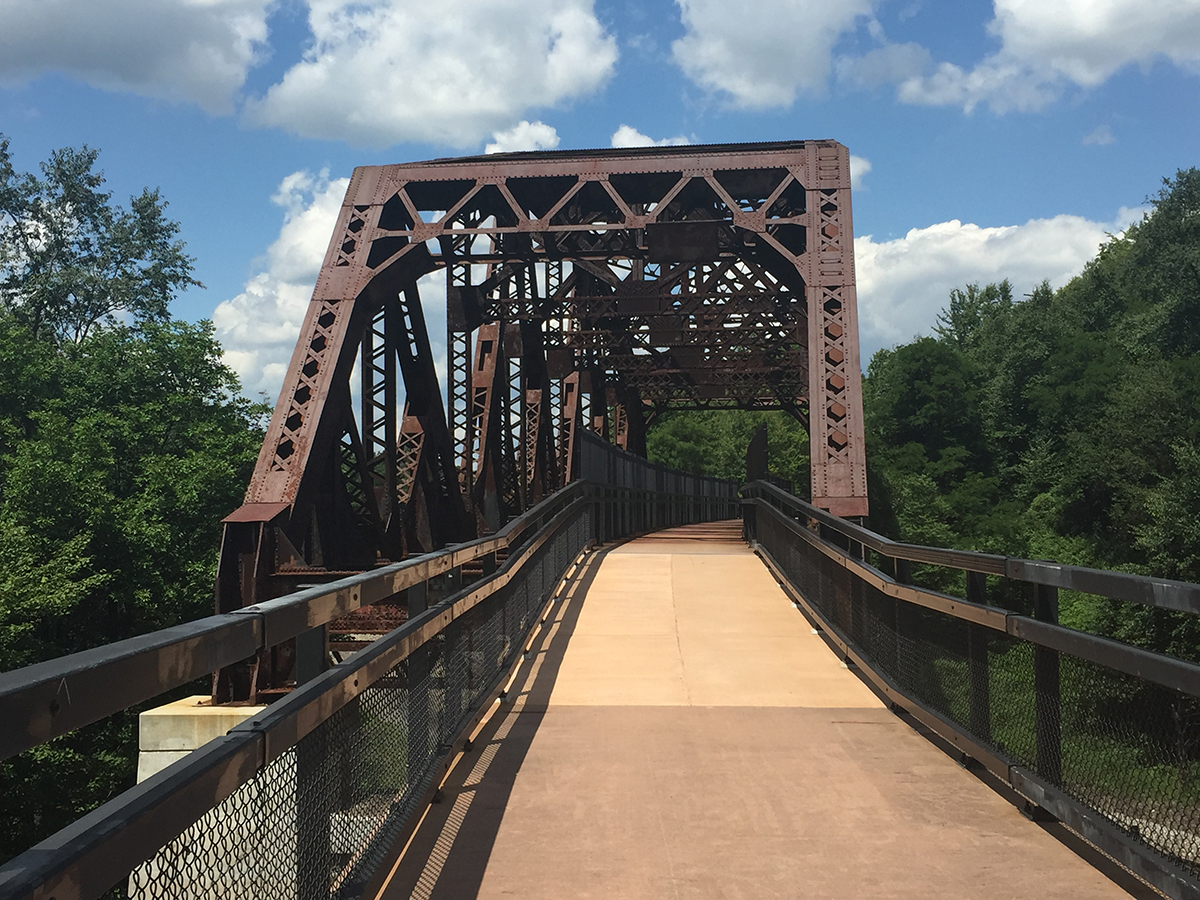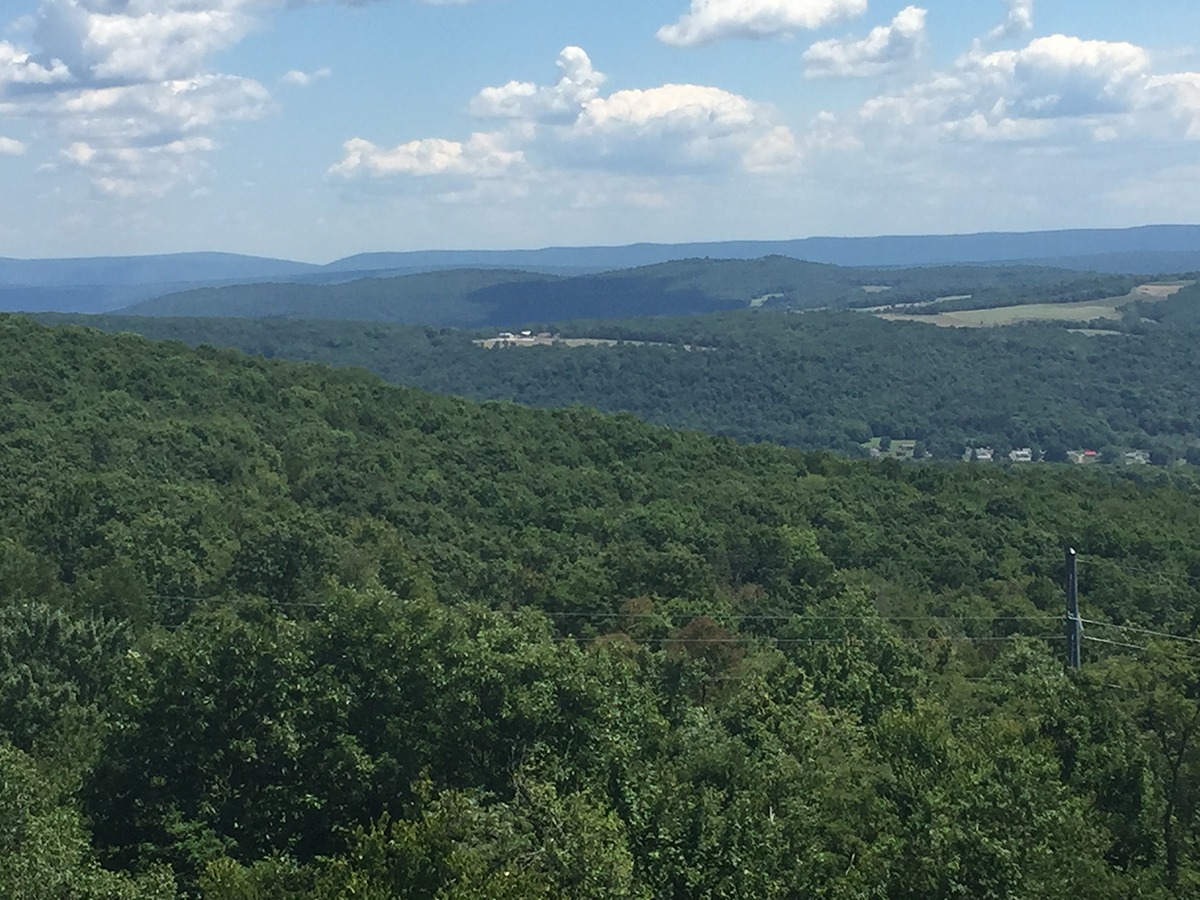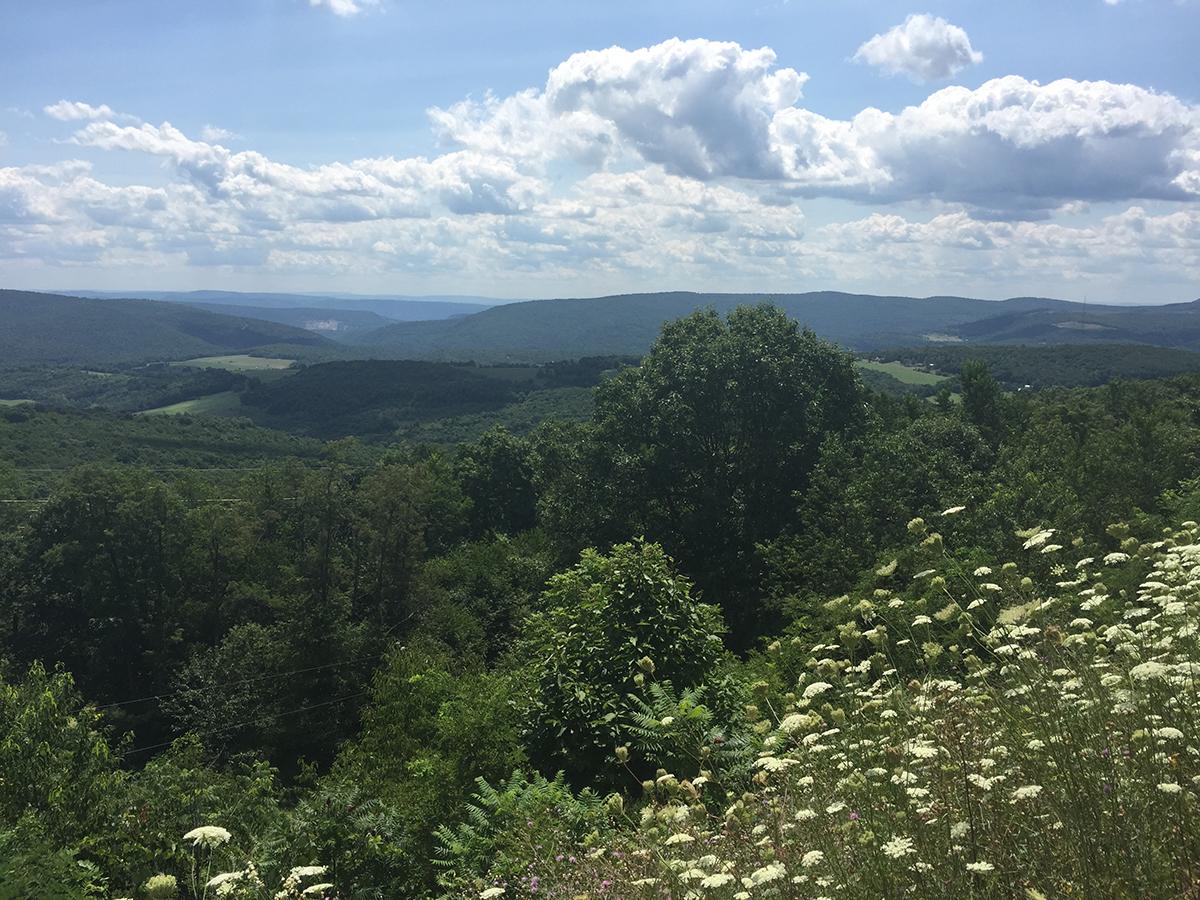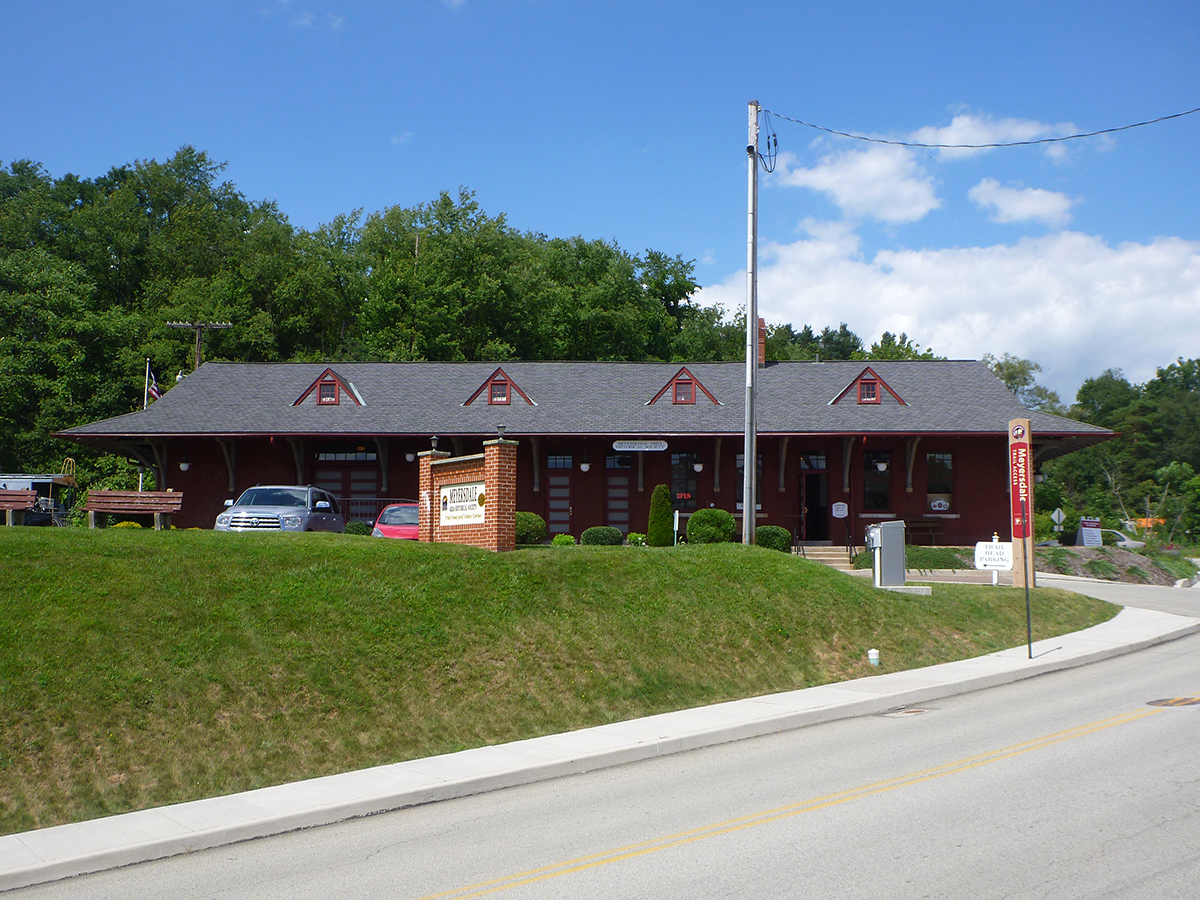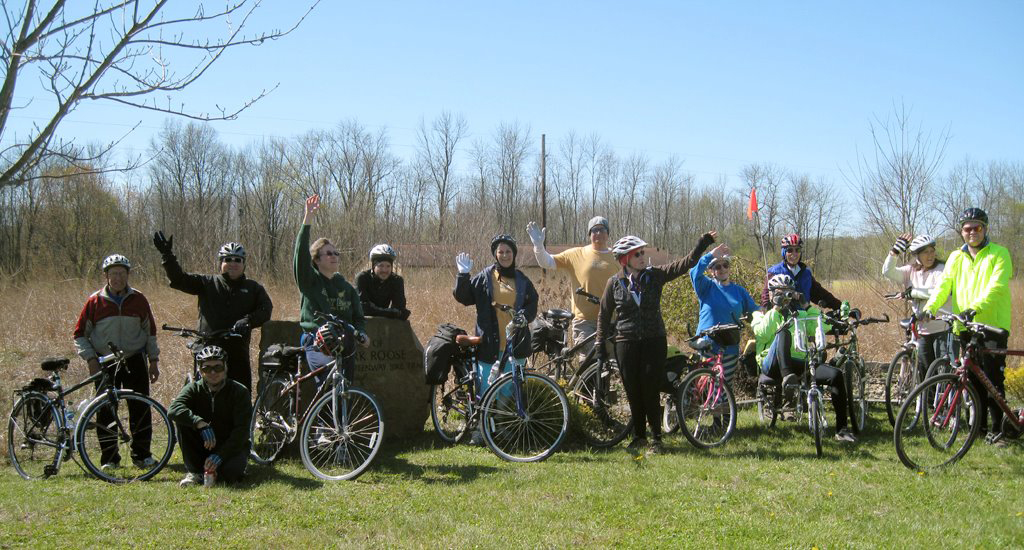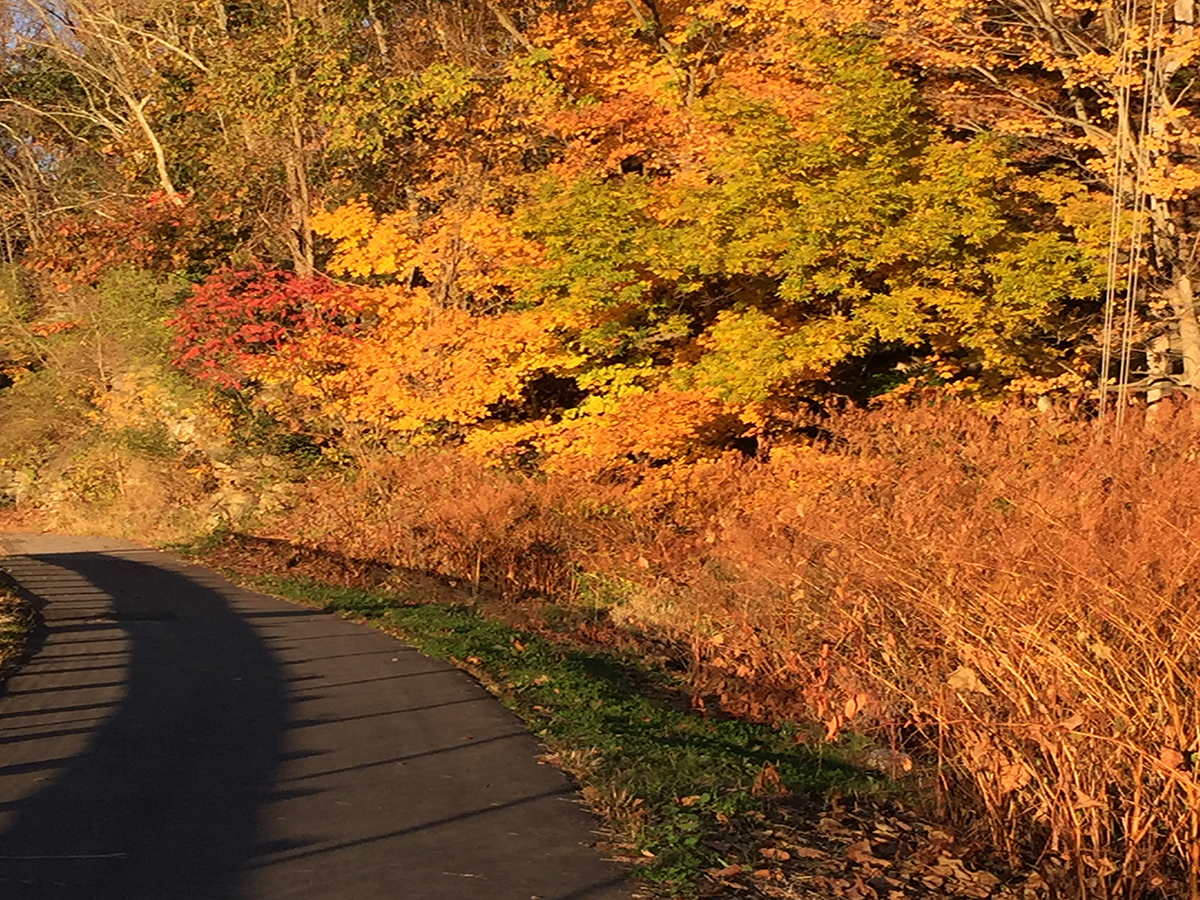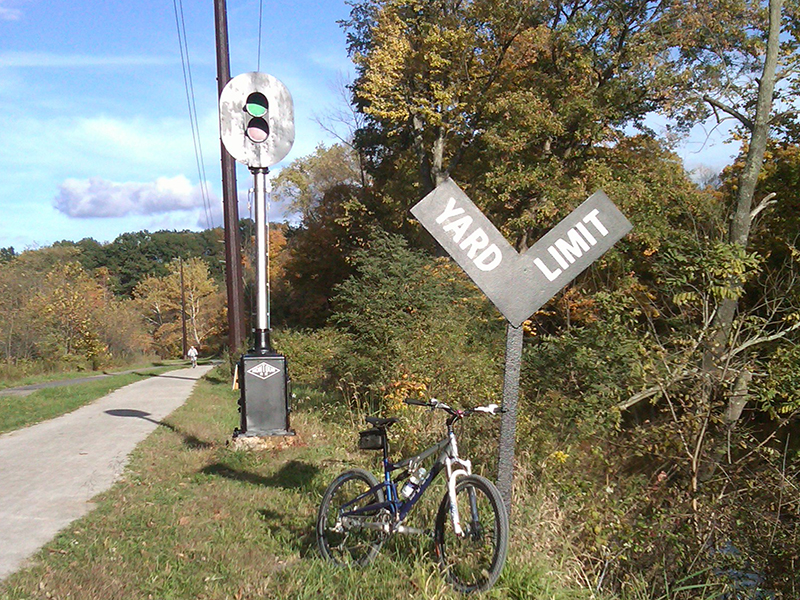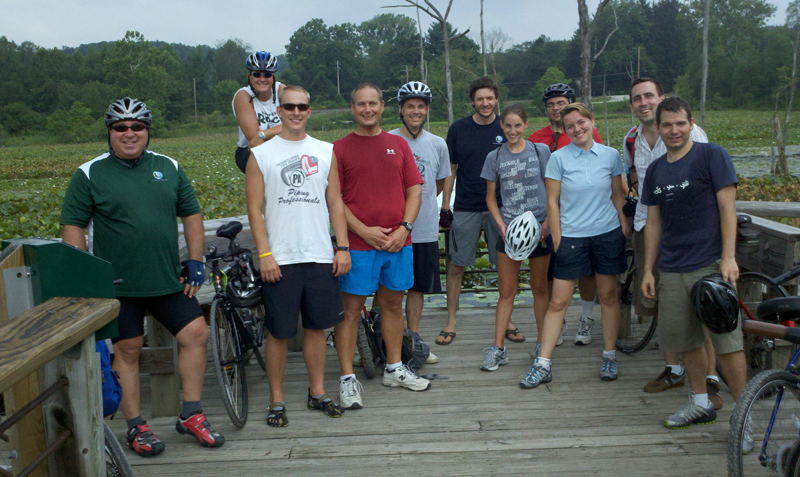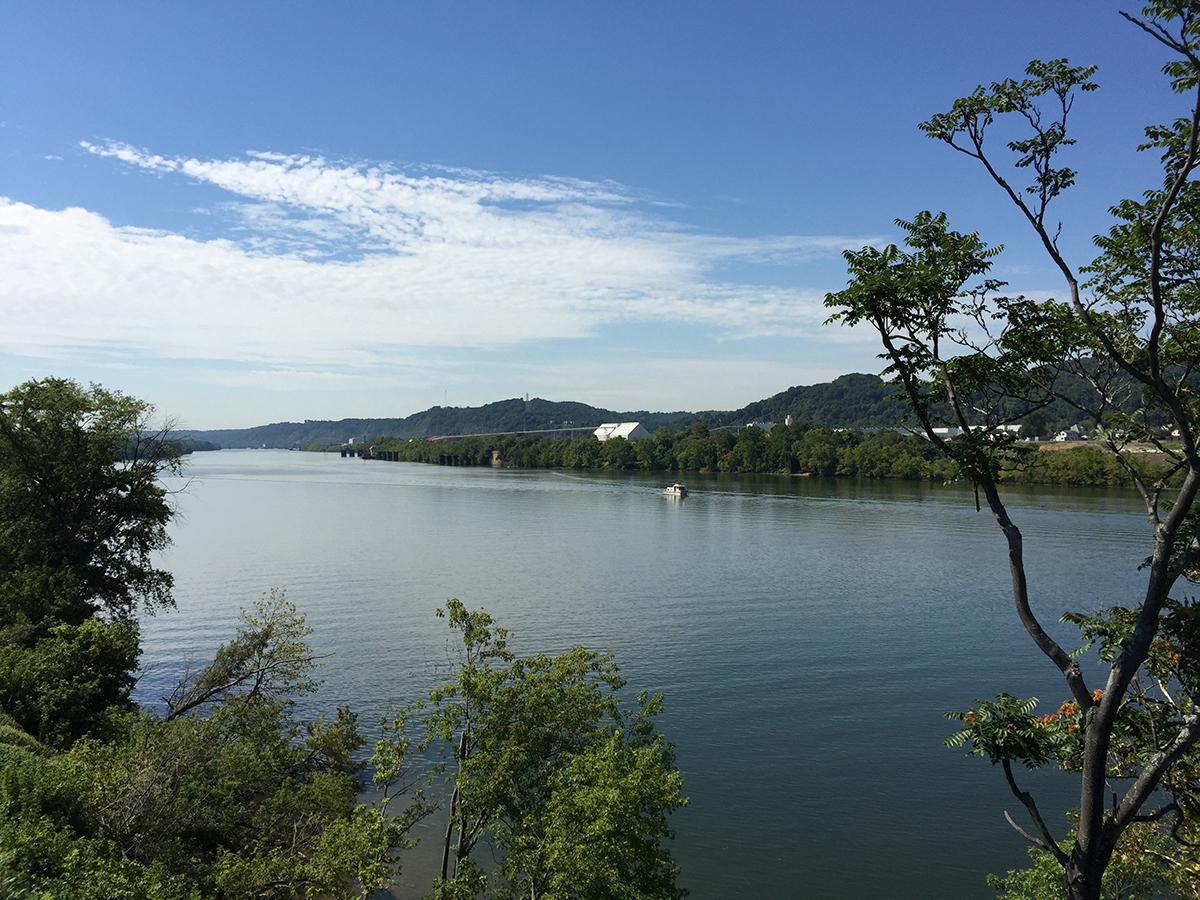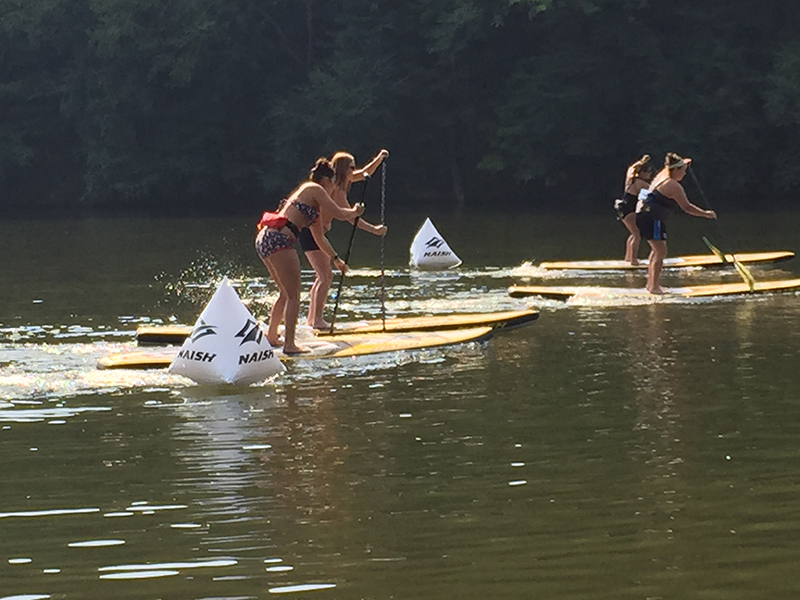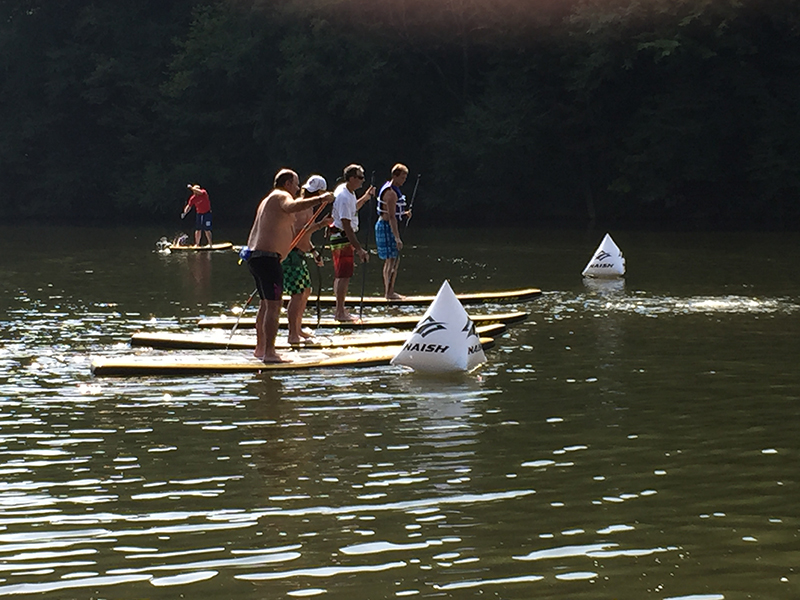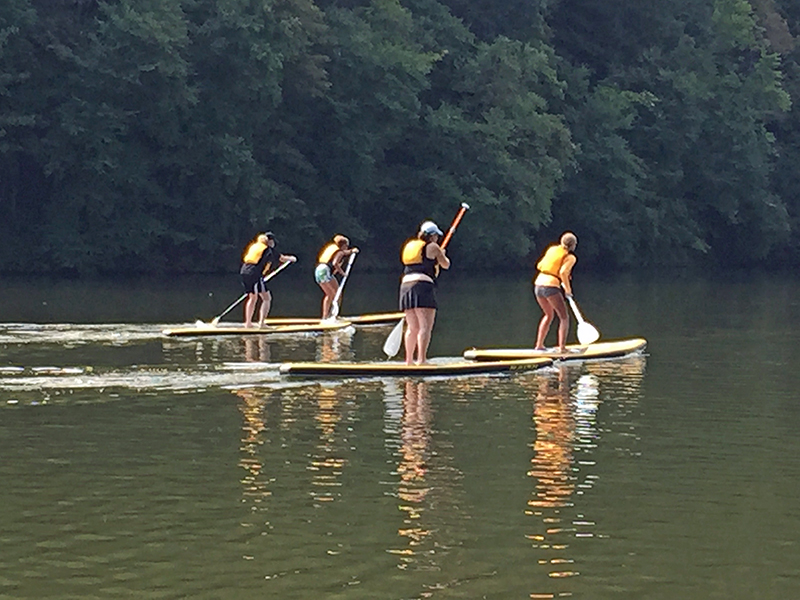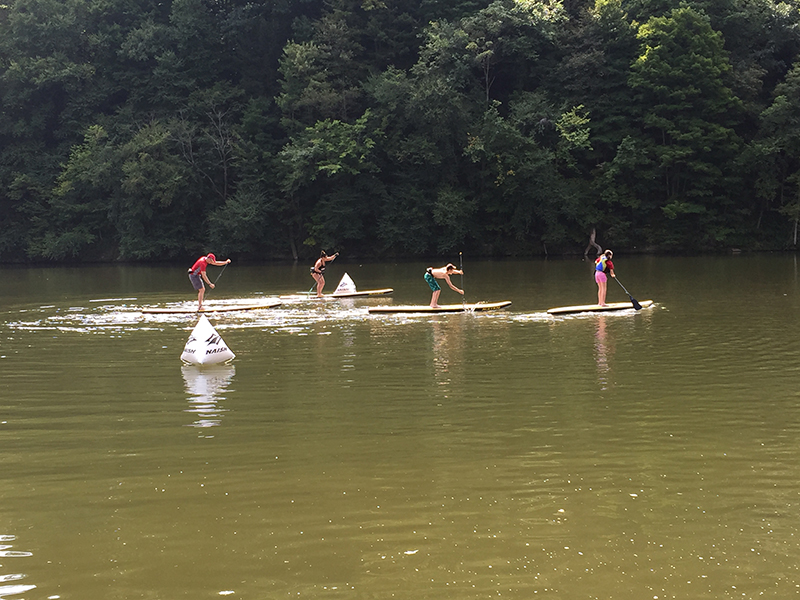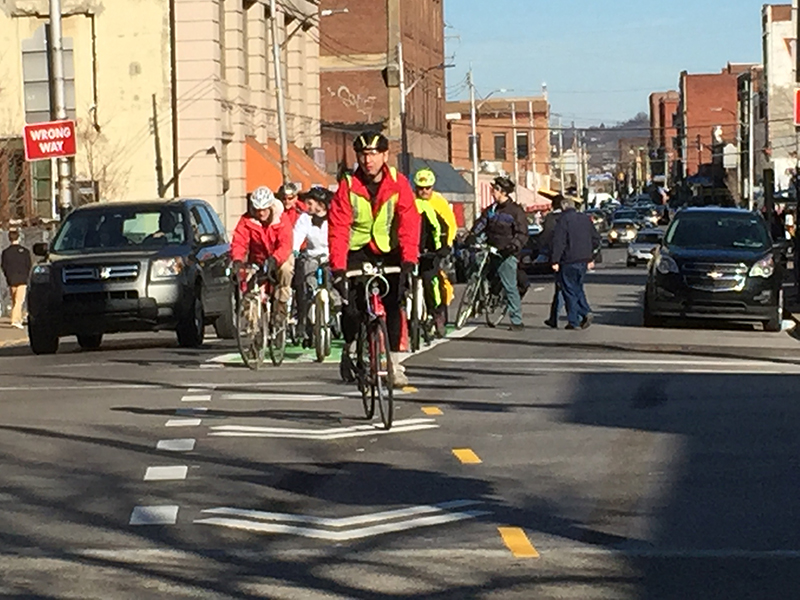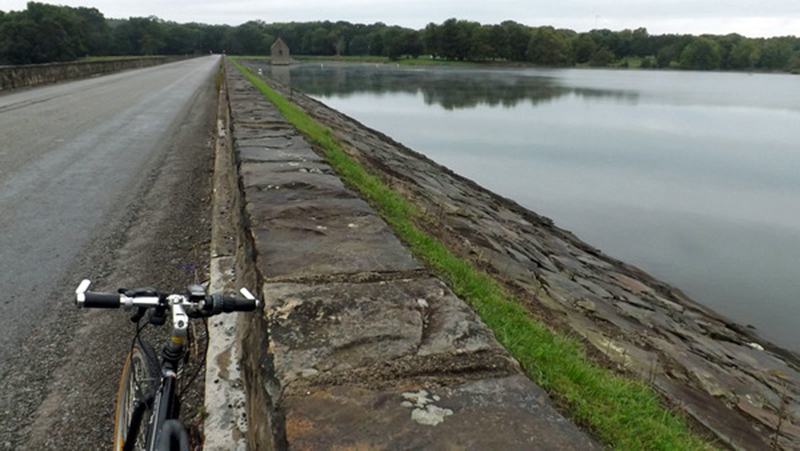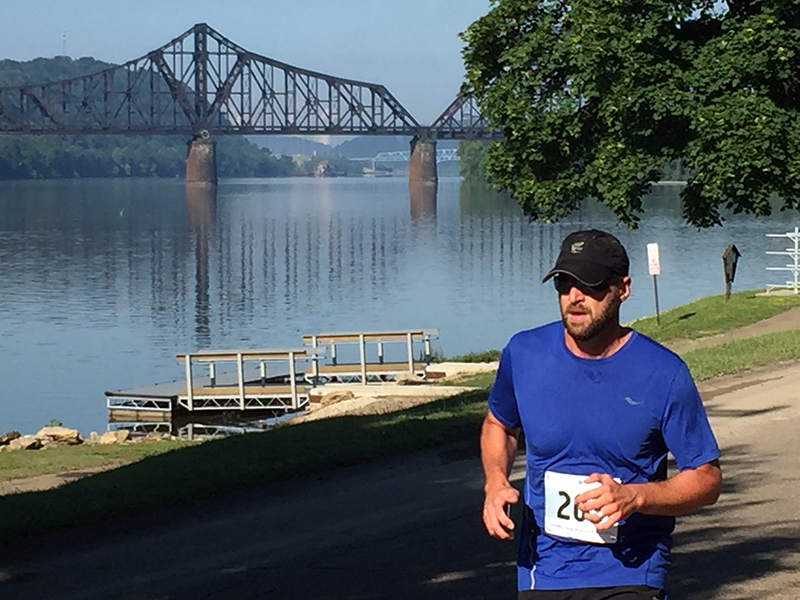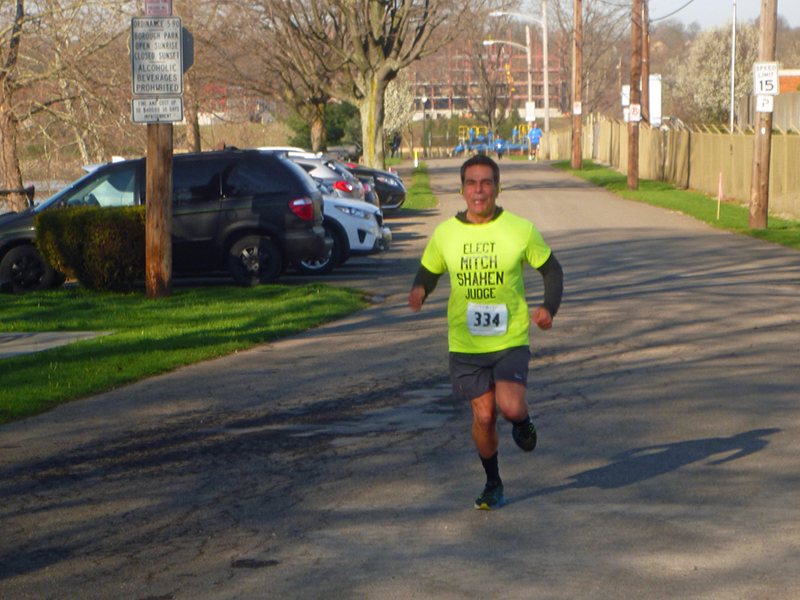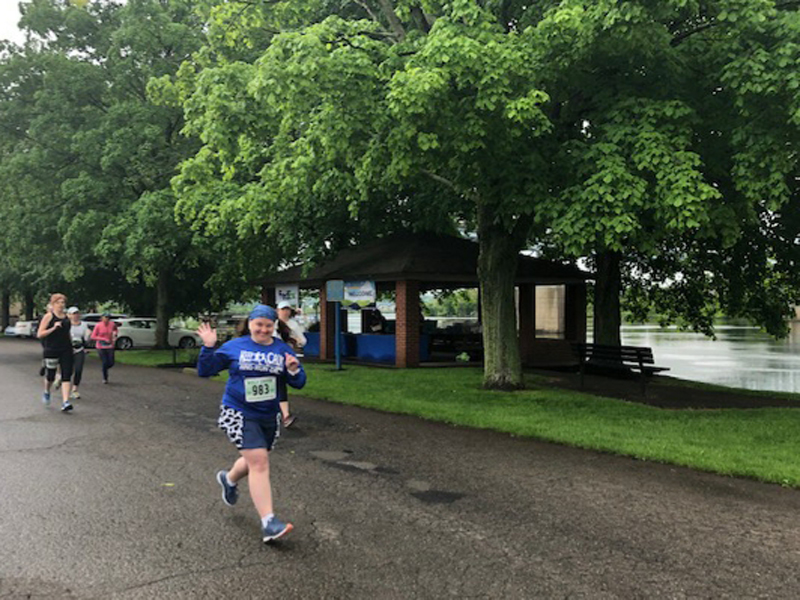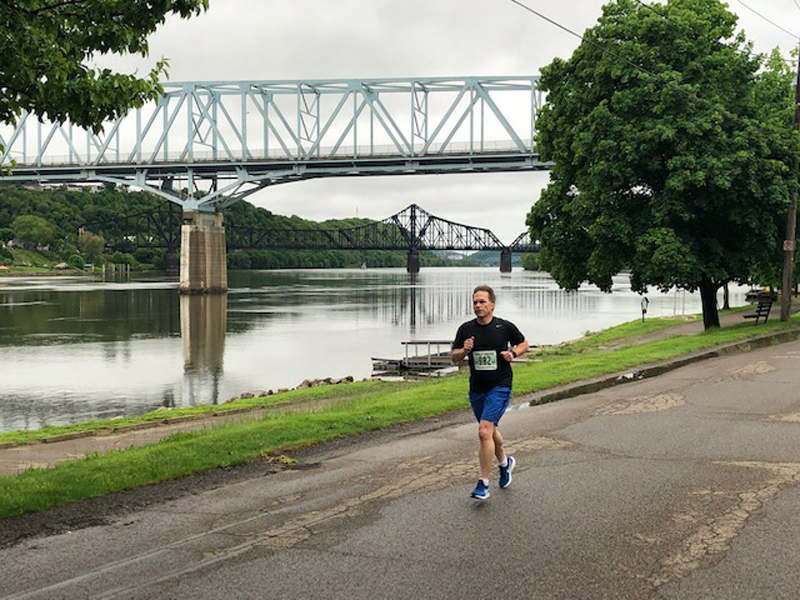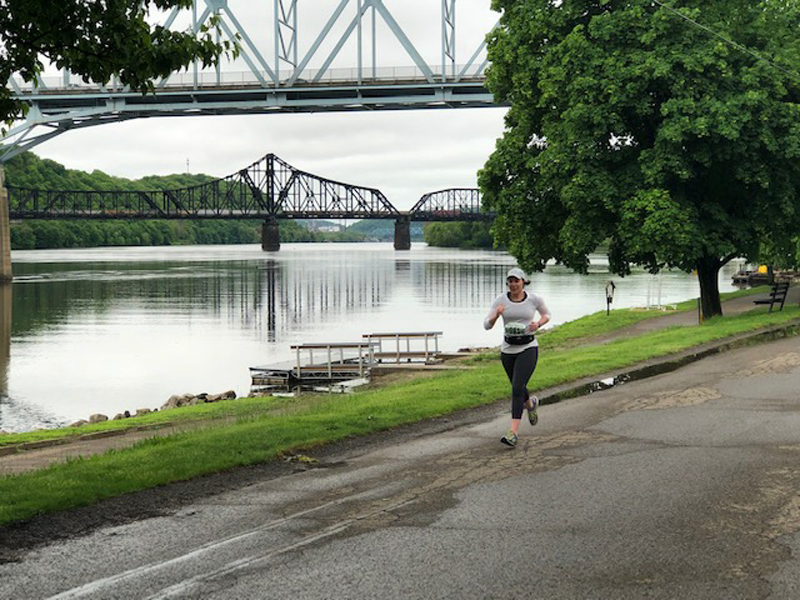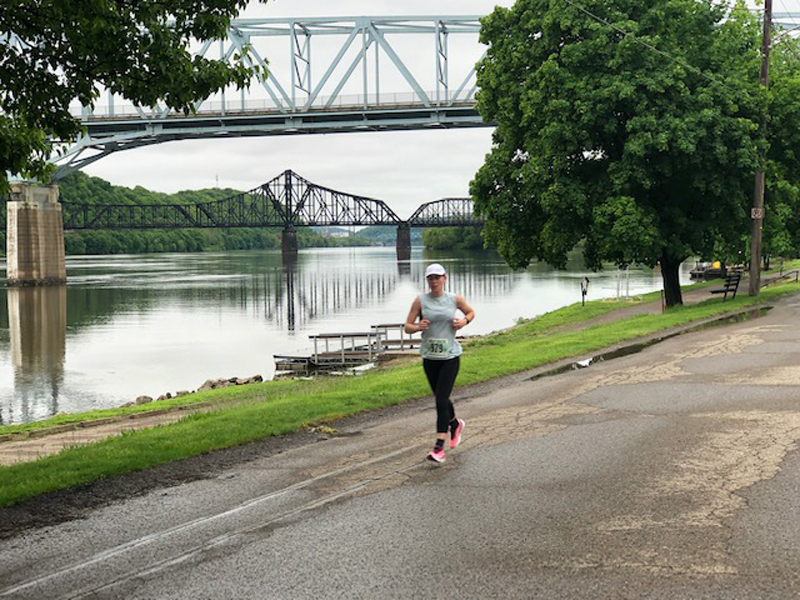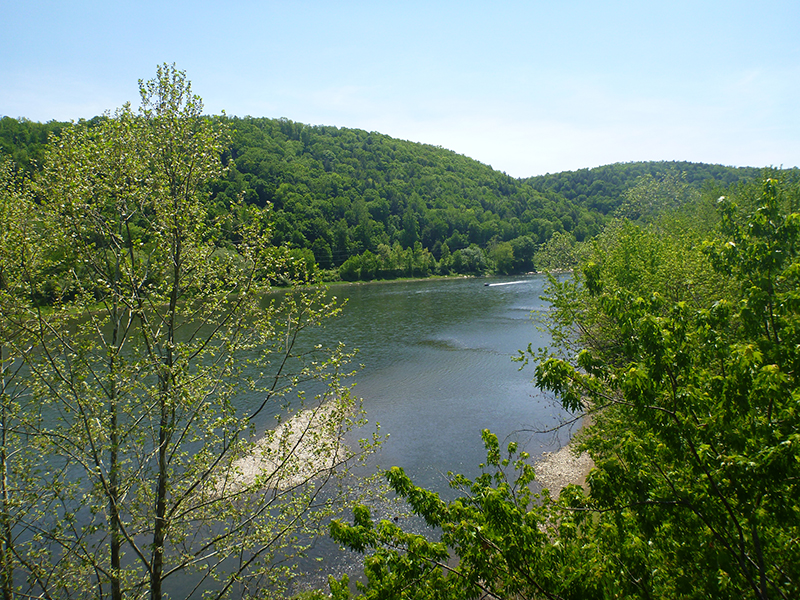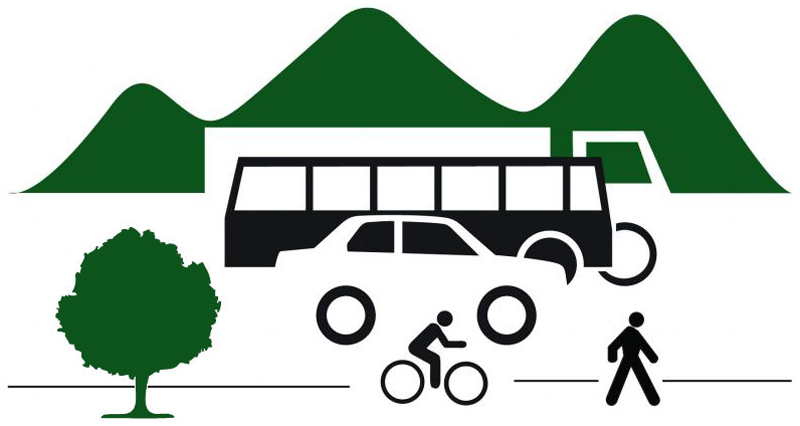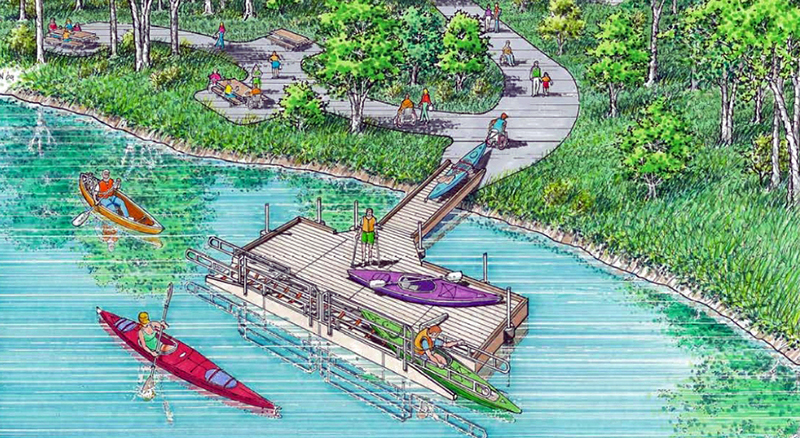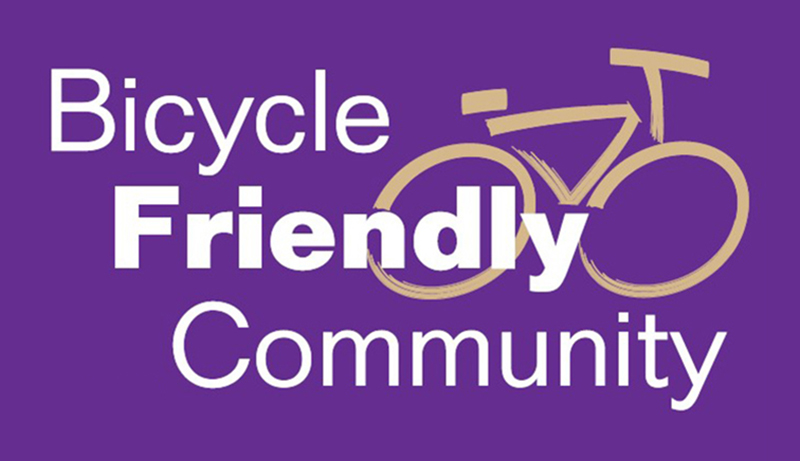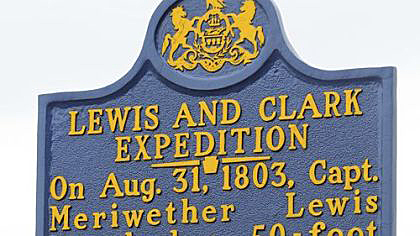
Privacy & Security
- Details
- Hits: 11713

Privacy & Security
Many studies and surveys have shown that bicycle paths, trails, and greenways contribute positively to communities by providing recreation, transportation, a sense of community, increased property values, and lower crime. On the other hand, as with most public works projects, local residents may have trepidations about the impact of trail construction in their community. There is apprehension about the loss of privacy, security, an increase in crime, and that property values are negatively impacted.
The Ohio River Trail Council considers these points as legitimate concerns for residents that may live near the proposed Ohio River Trail corridor and welcomes community input in every stage of development from the acquisition and design to the construction and maintenance. The Ohio River Trail Council invites you to become involved and attend our public meetings or serve on the trail advisory committee in order to have direct input into improving the Ohio River Trail Project.
Privacy is a common topic of discussion during a trail's feasibility study, however, following the trails post-construction period, most abutters are very happy to live proximate to the trail. Surveys have sought the opinions of trail neighbors to evaluate the issue of privacy. If an adjacent landowner requests, the installation of a fence or shrubbery may address their concerns.
With many other trails, the experience has been that many abutters who have had fencing installed later remove the fencing because it is unnecessary and blocks their own access to the trail! Several large studies of rail trails have revealed that neighbors become the most frequent users of the trails. Crime on trails is not a common occurrence. In fact, greenways remain much safer than many other environments and can be one of the safest places in the community. Vandalism, graffiti, littering and dumping is more likely to occur in an isolated corridor than a well-used and maintained trail with clear rules and regulations. Crime generally does not occur in places of high use. Positive-looking places tend to encourage positive behavior. The most frequent crime along rail trails is an occasional bicycle theft. Trails do not increase crime as supported by actual experience and numerous studies. Four separate studies conducted between 1979 and 1997 concluded that trails do not increase crime.
Even though the incidence of trail crime is low and trails have an excellent public safety record, the Ohio River Trail Council will prioritize such concerns and minimize the potential for crime through proper planning. In addition, good trail maintenance is an effective way of deterring crime. Eliminating overgrown vegetation and tall shrubs will minimize hiding places along the trail and maintain long sight lines for users. Installing security lighting at trailheads and in parking lots also improves trail safety. Keeping all trail corridors clean and well maintained increases the feeling of community ownership of the trail. Volunteer or police bike patrols are also useful mitigation strategies. These patrols range from informal monthly clean up and maintenance crews to daily patrols that provide maps, information and emergency assistance. Trail safety is heightened by the presence of other users, which helps to minimize undesirable behavior.
Trespassing is very uncommon among trail users and private property is protected with signs, vegetative screening, shrubbery and fencing. In addition, trails have frequent road crossings so that it is easy for trail users to get on and off the trail without going through private property. With respect to parking, most trail users will use designated areas. Often parking facilities are designed into the trail plans. In other cases nearby municipal facilities or commercial property is utilized. The only motorized vehicles allowed on the trail would be emergency vehicles, maintenance vehicles and motorized wheel chairs. Other motorized vehicles are not permitted. Bollards at the intersection of the trail with roads will also provide a physical deterrent to gas-powered vehicles on the trail.
Furthermore, not much litter is expected along the trail. The kinds of people who use the trail are generally people who appreciate the outdoors and respect it. Recent Trail User Surveys indicate the age of the majority of trail users is forty-five (45) and up and the gender mix is approximately forty-five percent (45%) female and fifty-five percent (55%) male; sixty-four percent (64%) had at least a college education; twenty-four percent (24%) of the respondents indicated that they had earned a degree above the undergraduate level and eleven percent (11%) of respondents indicated that they graduated from high school. Fifty-four percent (54%) indicated a household income between $40,000 and $120,000. Sixteen percent (16%) of respondents reported a household income less than $40,000 and 12 percent (12%) of respondents reported a household income greater than $120,000. The average income for the local users was about 60,000, while the average income for the nonlocals was greater than $80,000.
Many law enforcement officials support trails. “The trail has not caused any increase in the amount of crimes reported…We have found that the trail brings in so many people that it has actually led to a decrease in problems we formally encountered such as underage drinking.” Chief Charles Tennant talking about the Youghiogheny River Trail in Pennsylvania.
In Avon Connecticut, the town council agreed to eliminate 11,700 feet of chain-link fencing along the trails path in town. Residents whose homes abut the path had requested the removal. The fencing, which was installed years ago to ease the security and privacy concerns of some homeowners, is not needed after all and is unattractive; other neighbors told the town council recently. The overall result should be a more accessible and attractive trail, residents and town officials said. “I have had utterly no problems with the trail whatsoever. I agree with my neighbors that the trail is a wonderful thing,'' said a new resident who bought his home from a man who opposed the trail, but then used the trail as a selling point.
"At first, people along the Farmington Valley Greenway in Connecticut, put up fences in their backyards to screen it. Then, after a while, you see the same residents cutting doorways into the fence so they can go out on the trail themselves. Then sometimes they take the whole fence down,'' said Stephen Noble, treasurer of the town council.
The level of crime in any recreational facility is typically correlated with the level of crime in the surrounding area and the design of the facility. A well-managed recreation facility is more likely to be a better neighboring land use than an abandoned property. Even though crimes occur in parking lots, and shopping malls, on college campus, zoos and in private homes, no one would rationally argue that we should not build any of the above because a crime may occur.
Natural open space and trails are prime attractions for potential homebuyers. In 2002, a survey of two-thousand recent homebuyers, co-sponsored by the National Association of Home Builders and the National Association of Realtors, inquired about the "importance of community amenities," and greenways finished second only to highway access.
In 1995 according to research conducted by American Lives, Inc. for the real estate industry, 77.7% of all home buyers and shoppers in the study rated natural open space as either “essential” or “very important”. Many home buyers recognize that bike paths are an amenity and will seek out residences near trails, parks, and other natural resource areas. A study of home Sales near two Massachusetts Rail-Trails in 2005 showed that homes near trails sold at 99.3% of list price and homes away from trails sold at 98.1% of list price. The study also indicated that homes near trails sold in 29.3 days while homes away from trails sold in 50.4 days. Another study of property values near trails in Boulder, CO revealed that the average value of property adjacent to trails was 32% higher than those 3,200’ away. Trails do increase real property values and improve the marketability of property located near greenspace.
The subject of increased liability is associated with trails. It is important for communities to understand that they will face the same liability as they currently have for accidents on the roads, sidewalks, recreation areas and conservation areas. The liability is minimal and capped by statute. From the municipality perspective, the risk of liability for bicycle and pedestrian use of trails is less the liability with use of streets and highways. The relative safety of trails is one of the major reasons why they are so popular with families, cyclist and pedestrians.
All fifty-states have Recreational Use Statues that provide liability protection to landowners who allow the public to use their land for recreational purposes. Under these statutes, no landowner, who allows recreation on their land free of charge, is liable for recreation injuries resulting from mere carelessness. To recover damages, the injured person would have to prove the landowner engaged in willful and wanton misconduct. In addition, the Rails-to-Trails Conservancy surveyed 61 rails-with-trails in 2000 and found that existing state, county or city insurance insures the vast majority of trails.
Presently there are 1,683 open rail-trails in the U.S. for a total of 19,872 miles. In addition, there are presently 721 trail projects for a total of 9,232 miles. With nearly 27,000 miles of open trail, trails are a positive rather than negative effect on your community.
The Ohio River Trail Council (ORTC) is committed to developing safe trails and safe communities as well as protecting landowners’ rights. The Ohio River Trail Council’s community outreach group is available to answer any questions including apprehensions about liability, security, crime, trespassing, privacy, property values, funding and community cost issues.






